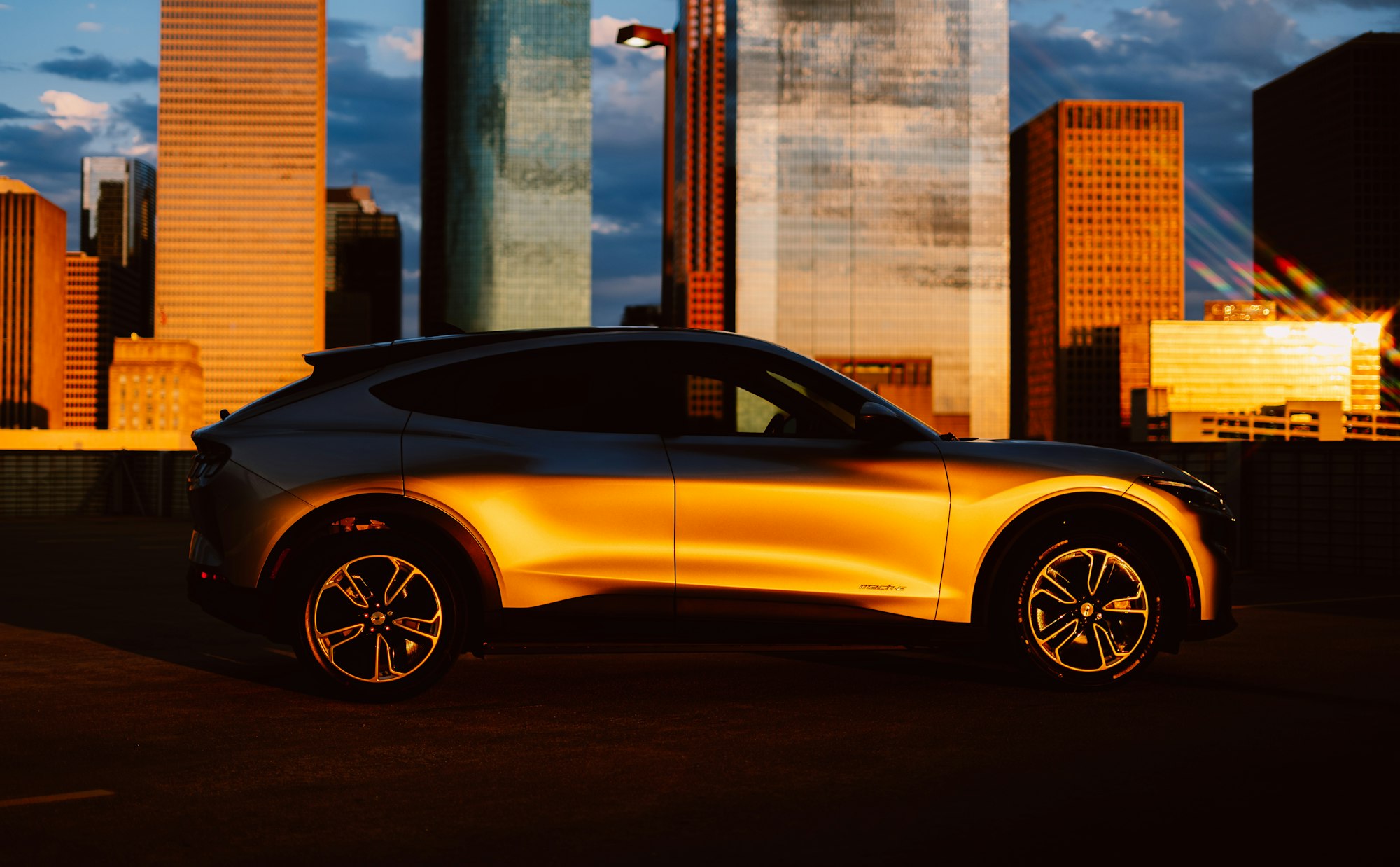A Guide To Buying An EV
EVs use one or more large electric motors to drive their wheels, they get power from a large battery. EVs offer a number of benefits over…


EVs use one or more large electric motors to drive their wheels, they get power from a large battery. EVs offer a number of benefits over ICE cars. They produce zero tailpipe emissions, are quieter and smoother and have fewer moving parts, which means there’s less to go wrong, and they’re cheaper to service.
Buyers of new models are also eligible for a grant of up to £3,000 as well as the £500, charger contribution. However, EVs remain more expensive than similar-sized ICE cars.
For many drivers, range anxiety remains the big worry with an EV. The good news is that some of the latest models, such as the Hyundai Kona Electric and Kia e-Niro and Soul EV, offer a genuine range of more than 250 miles on a charge, while many others achieve real-world distances of 150 miles or more.
While that is a problem if you regularly do long distances, research has shown the average commuter only covers around 30 miles a day, so a two-way trip is well within the range of any new EV.
The other worry remains around infrastructure. For commuters planning to charge at home or work this isn’t a serious matter but for drivers undertaking longer drives, they need to know there is a reliable network of chargers. The good news is that there are already 11,000 chargers at 6700 locations in the UK and that number is rising all the time.
Charging costs do vary, however. Fully charging a 40kW car with around 120 miles of range will cost around £5.20 at home, but up to £16 at the more expensive public chargers.
The biggest drawback of EVs remains the charging time. With the common 7kW home charger a 40kW Nissan Leaf will take 7.5 hours to reach full, a 64kW Kona will take just over nine hours. At the most common 50kW rapid chargers, a Leaf takes 60 minutes to reach 80 percent and a Kona around 75 minutes. That means long journeys will take longer and require more planning than in an ICE vehicle.
EVs are far more capable than even a few years ago and are now a viable option for many drivers looking to cut their environmental impact and running costs significantly. They are ideally suited as a commuter car as long as you have access to a charge point, but drivers who regularly cover very long distances might struggle with the compromise in range and “refueling” time.
Advantage: Zero tailpipe emissions low running and repair cost refinement
Disadvantage: Charging times can't match ICEs maximum range




